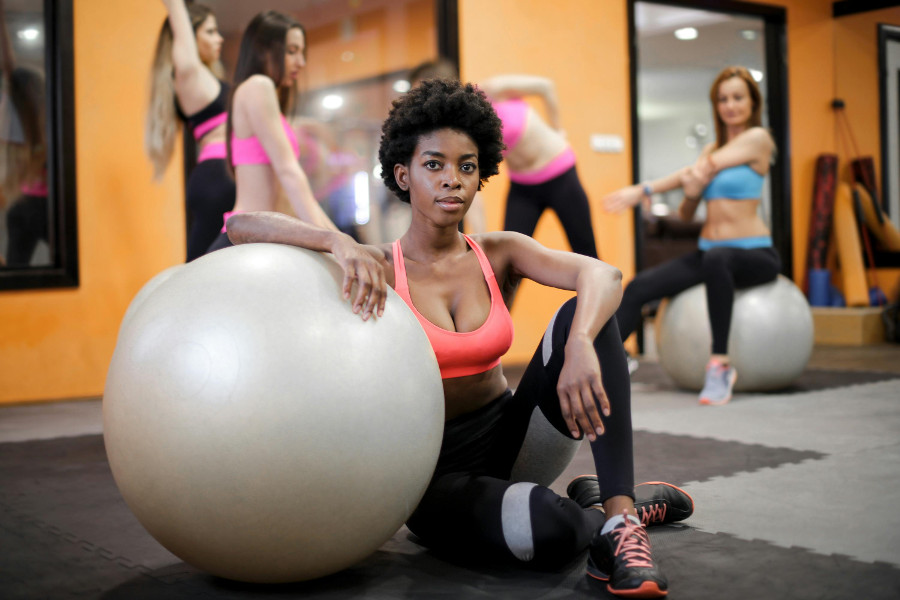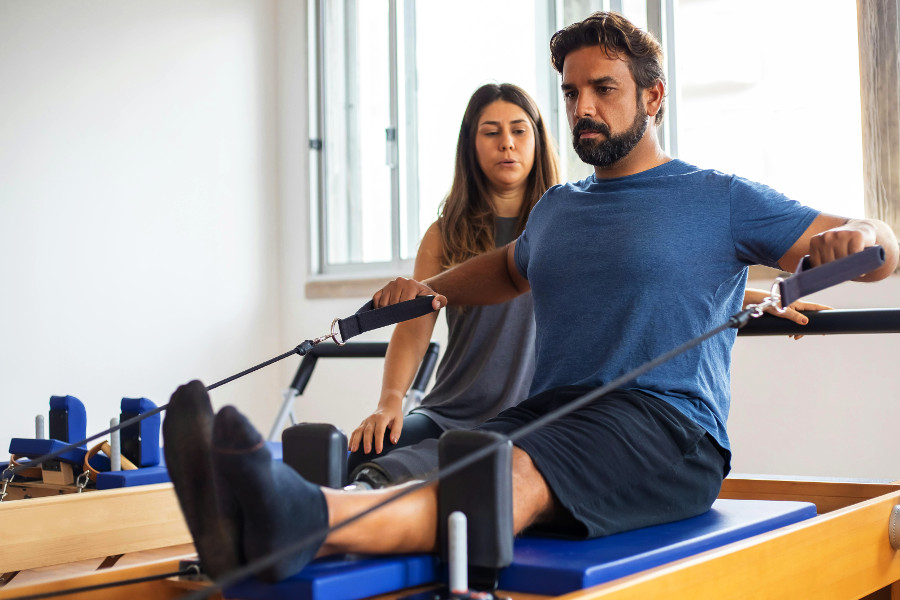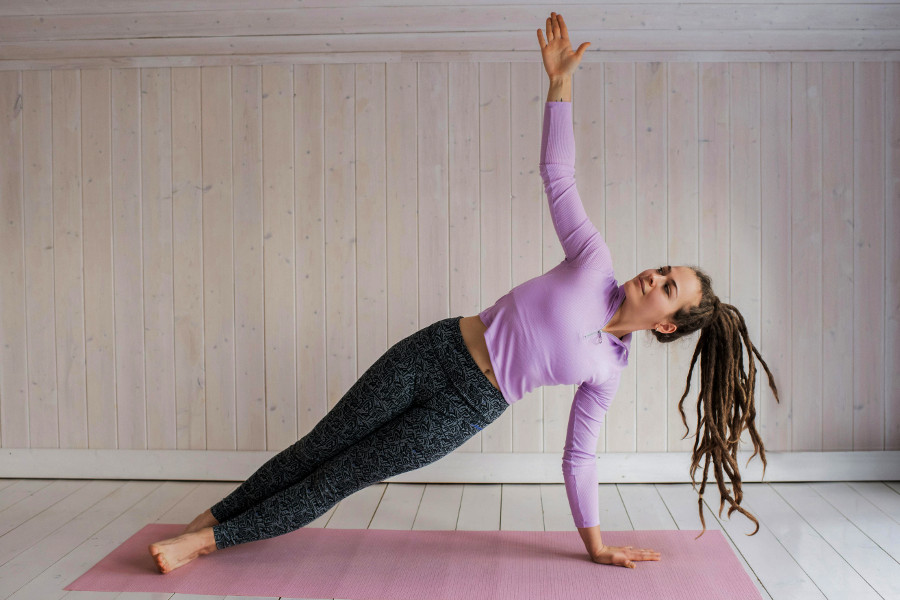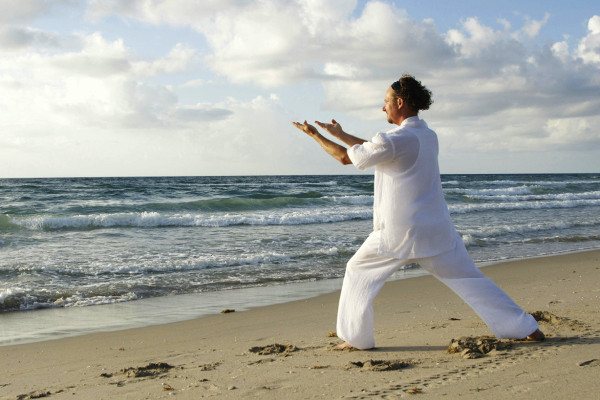How to Improve Your Posture, Reduce Stress and Strengthen Your Core Muscles with the Help of Pilates Workouts?
Whether you’re new to fitness or an experienced practitioner, Pilates offers an incredible way to improve strength, flexibility, and overall well-being. This collection of expert answers delves into the core benefits, essential equipment, and frequently asked questions, helping you unlock the true potential of Pilates. From understanding its impact on posture to exploring the Reformer, we’ve got everything you need to start or elevate your Pilates journey. Dive in and discover how this transformative practice can work for you.

What is Pilates and how does it work?
Pilates is essentially a workout that centers around building strength, flexibility, and body awareness. It involves a series of controlled movements that focus on your core, spine, and pelvis. Imagine it as an intentional, mindful way of moving your body – focusing on proper breathing, alignment, and posture. Whether done on a mat or using specialized equipment like the Reformer, Pilates targets deep stabilizing muscles, helping you become stronger and more balanced. The method enhances your movement efficiency and encourages a deeper connection between your mind and body. It's an excellent way to improve your strength without putting unnecessary strain on your joints.
What are the benefits of Pilates?
Pilates isn’t just about getting fit – it's about getting balanced. The benefits are wide-ranging: you’ll notice stronger core muscles, improved posture, and a greater sense of flexibility. The beauty of Pilates is that it strengthens and stretches simultaneously. It targets your deep muscles, which not only tones the body but also improves stability and reduces the risk of injury. For those with chronic pain, especially in the back, Pilates can be a lifesaver, offering relief through gentle, strengthening movements. Plus, it brings mental clarity. Regular practice leaves you feeling more grounded, with a heightened sense of body awareness and overall wellness.
How often should you do Pilates for best results?
To see noticeable results, consistency is key. Pilates is effective with about 3 to 4 sessions a week, though if you're just starting out, two sessions per week is a great place to begin. This frequency allows your muscles time to build strength while also letting them recover between sessions. The beauty of Pilates is that it doesn’t strain the body too much, but regular practice helps you develop stronger muscles, better posture, and more flexibility over time. If you want to really see changes, consistency over the long term – combined with other healthy habits like proper nutrition – is the way to go.
Can Pilates help with back pain?
Yes, Pilates is actually a fantastic option for addressing back pain. In fact, many people use it to relieve chronic back discomfort. Why? Because Pilates focuses on strengthening the muscles that support the spine – your core, glutes, and lower back. These muscles are crucial in maintaining good posture and alignment, which can ease the pressure on your back. Pilates also helps increase flexibility, allowing for better movement and less tension. It’s particularly effective for those dealing with lower back pain or stiffness. However, as with any new exercise routine, it's important to get the green light from a healthcare provider before jumping in.

What is the difference between Pilates and yoga?
Pilates and yoga share a similar philosophy – they both focus on mind-body connection – but their goals and movements differ. Yoga blends physical poses with breathing exercises and often incorporates a meditative component. It’s about flexibility, relaxation, and finding peace of mind. Pilates, on the other hand, emphasizes strengthening your core, improving posture, and increasing muscle tone. While yoga involves holding poses for a while, Pilates focuses on precise, controlled movements with an emphasis on muscle engagement. Pilates is generally more dynamic and toning, while yoga offers a deeper stretch and a spiritual aspect. They complement each other beautifully, so many people practice both.
Do you need to be flexible to do Pilates?
Not at all! Pilates actually helps improve your flexibility over time. It’s a great practice for people who may not have the most flexible muscles to start with. Pilates is all about controlled movements and building strength, especially in your core, and that will gradually lead to more flexibility. The exercises work on a range of muscle groups, gently stretching them as you go. So if you're not super flexible, don’t worry – you’ll get there! In fact, many people find that as they get stronger through Pilates, their flexibility naturally improves. It’s a process that takes time, but the rewards are definitely worth it.
What equipment is needed for Pilates?
Pilates can be done with minimal equipment, but there are a few tools that can really enhance the experience. At its core, all you need is a Pilates mat for floor exercises, which provides cushioning and support. But if you want to add a bit of resistance and variety, you can use small props like resistance bands, Pilates rings, and hand weights. The Pilates Reformer is the most well-known piece of equipment, offering a sliding platform with springs for adjustable resistance, allowing for a wider range of movements and more intense workouts. There’s also the Cadillac and Wunda Chair for more advanced routines, but for beginners, a mat is just fine.
Can beginners do Pilates?
Absolutely! Pilates is perfect for beginners. It’s gentle enough to get started with but also adaptable to suit all levels of fitness. If you’re new to exercise or just looking for something low-impact, Pilates is a great choice. You can start with basic movements that focus on breathing, alignment, and building core strength. As you get more comfortable with the technique, you can progress to more complex exercises. Many studios offer beginner classes, and instructors are trained to give modifications based on your ability. The key is to start slow, listen to your body, and build your practice from there.

How long does it take to see results from Pilates?
Patience is key, but you’ll likely see improvements within 4 to 6 weeks of consistent practice. Early results are often subtle – better posture, improved flexibility, and increased energy – but they lay the groundwork for more significant changes. As you continue practicing Pilates, your core muscles will become stronger, your body will become more toned, and you’ll feel a lot more aligned. To get the most out of Pilates, stick with it, combine it with other healthy habits, and remember that progress happens gradually. Consistency, not speed, is the real secret to seeing lasting changes in your body and overall health.
What is a Pilates reformer, and how is it used?
The Pilates Reformer is a piece of equipment that makes your Pilates routine more dynamic and challenging. It consists of a sliding platform attached to springs that provide adjustable resistance, allowing you to perform exercises with varied levels of intensity. The Reformer comes with straps, ropes, and bars to add resistance or support depending on the exercise. It’s versatile, and you can use it to target specific muscles, improve flexibility, and challenge your balance. Whether you're pushing, pulling, or stretching, the Reformer helps make each movement more effective. It's an amazing tool that adds a whole new dimension to your Pilates practice.
Can Pilates improve posture?
Yes, Pilates is fantastic for improving posture. It targets the muscles that support your spine and pelvis, which are essential for maintaining good posture throughout the day. By strengthening your core and aligning your body, Pilates helps you stand taller, sit straighter, and move with greater ease. Many people who sit for long periods or who experience chronic pain due to poor posture find relief through Pilates. The slow, controlled movements help develop awareness of your body’s alignment, so you’re more conscious of your posture even when you're not on the mat. With regular practice, you’ll notice that your posture improves significantly.
Can Pilates help tone muscles?
Yes, Pilates is an excellent way to tone muscles, especially in your core, legs, arms, and back. It focuses on strengthening and lengthening muscles in a balanced way, without bulking them up. The movements are precise and controlled, which allows for deeper muscle engagement and helps create a lean, toned physique. Pilates targets both superficial and deep muscles, ensuring a full-body workout that sculpts your muscles in a functional, sustainable way. Over time, as you continue your practice, you’ll notice more muscle definition, improved strength, and better overall muscle tone. It’s not about mass, but about creating a sleek, strong, and toned body.
Here are a few useful resources for further reading:
Enjoy your journey in Pilates workouts.



